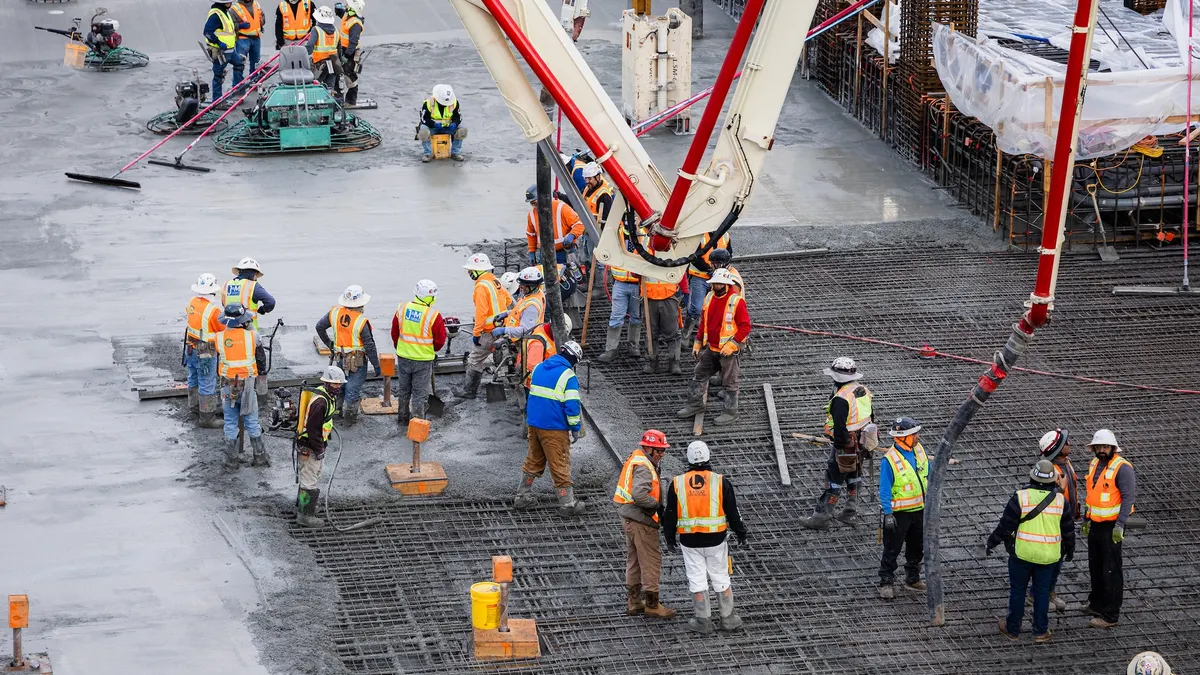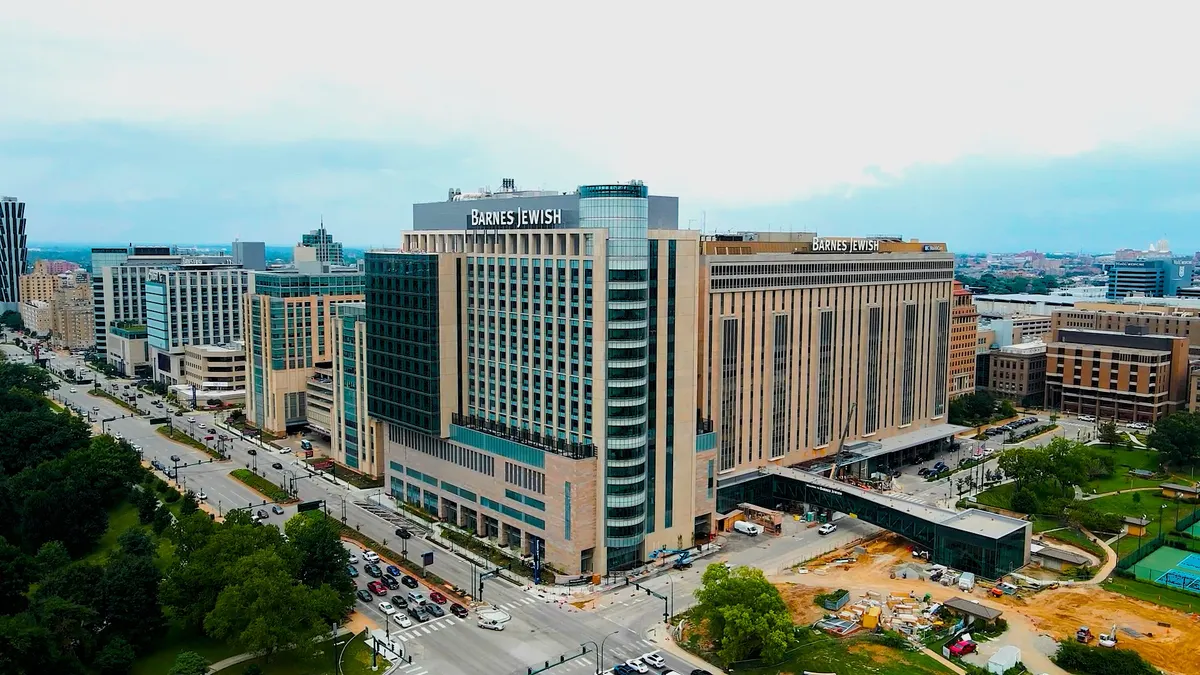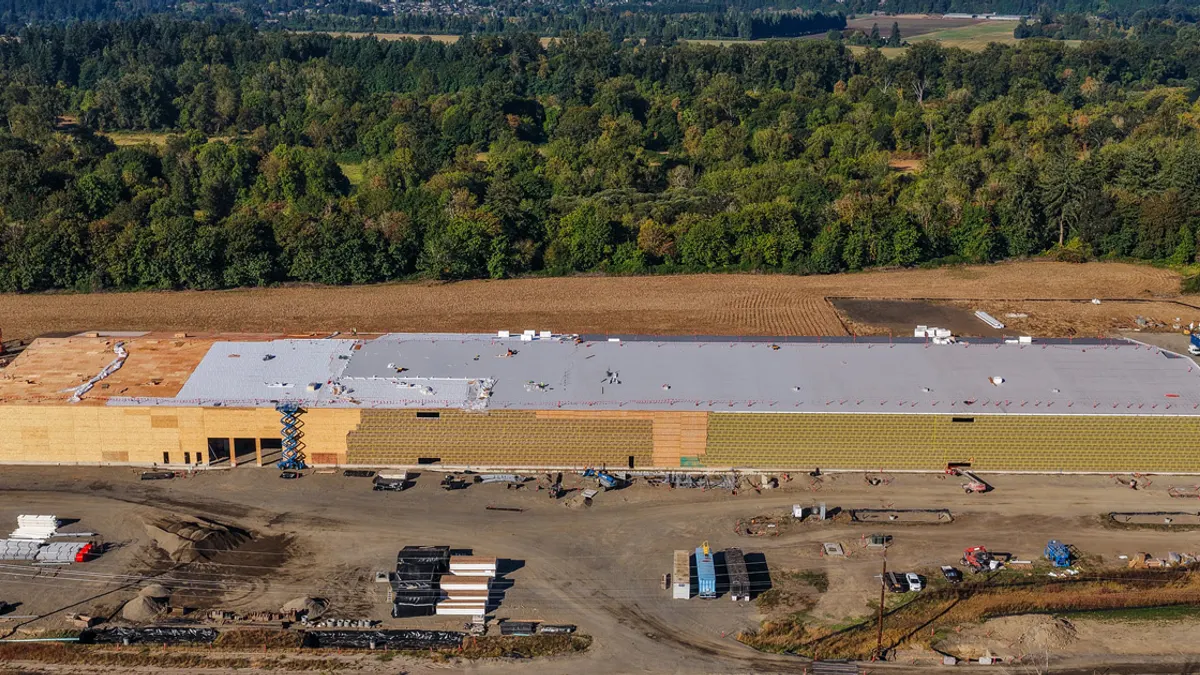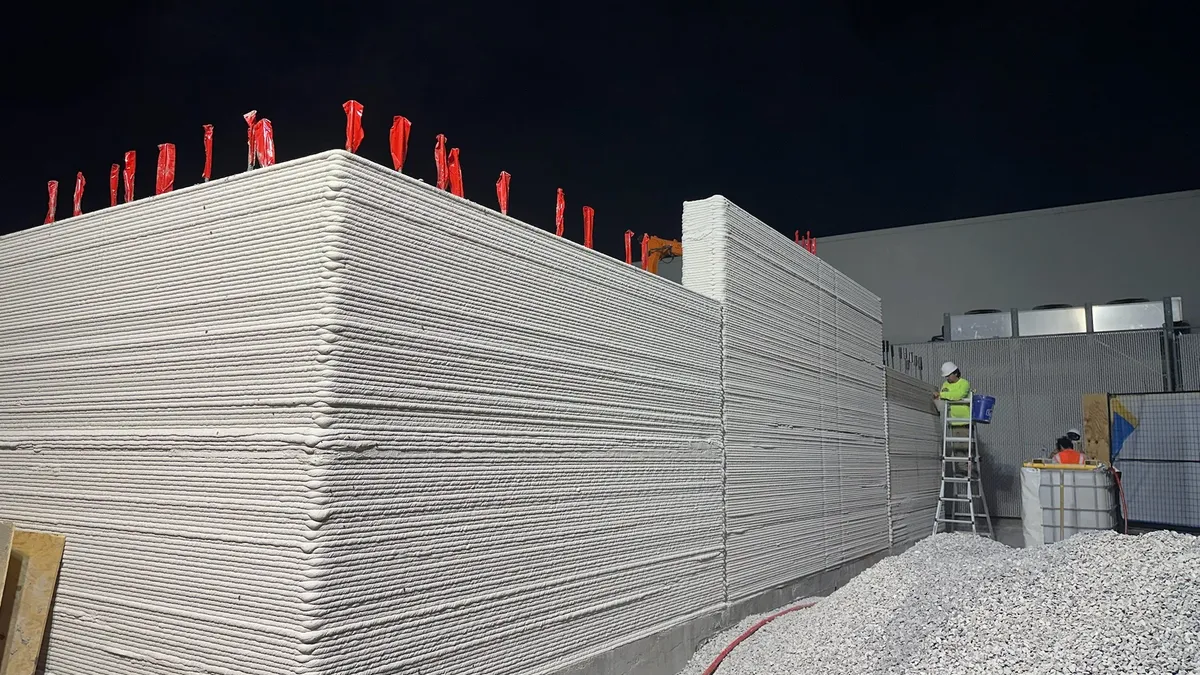The threat of fire, whether on a construction job site or in a finished building, is a serious one, so it makes sense that preventing them is of paramount concern. Therefore, in October of each year, fire officials and experts take one week, National Fire Prevention Week, to ramp up public education efforts, including those targeting the construction industry.
On project sites alone from 1992 to 2003, the Center for Construction Research and Training found that there was an average of 30 annual fire or explosion deaths per year, with 97 directly related to fire during that 10-year period. In addition, the U.S. Fire Administration, part of the Federal Emergency Management Association, estimated that there are 4,800 construction site fires every year, causing $35 million in property damage. These fires, they said, pose a greater risk to firefighters, who are twice as likely to be injured by debris on job sites as they are when combating fires elsewhere.
Given the amount of spark-producing, hot work equipment on most construction sites, as well as flammable liquids, it should come as little surprise that so many company safety managers take the fire risk to heart.
Draw up a safety plan
Steve Miller, central division safety director for McCarthy Building Companies, said McCarthy project sites utilize site-specific safety plans, all drawn from a set of core, corporate policies. All safety inspections, he said, as well as weekly toolbox talks and project task analyses, feed into the company's overall safety program as leading indicators. McCarthy has a formal fire prevention program, he said, and "everybody who walks through the door gets trained on it."
Although Miller said most employees understand the danger even a small fire can cause to construction in progress — and the danger it poses to human life — many still overlook some hazards. McCarthy considers any task that produces heat or sparks to be hot work, but Miller said sometimes workers don't realize where the sparks land. "You'll see a welder drop sparks down between a wall going down a level or two or off the side of a building," he said."There's a (fire) extinguisher right there in the immediate area, but they're not looking at those other areas."
Unventilated rooms, gang boxes and tool boxes converted into makeshift flammable liquid storage spaces are other real fire dangers on a job site, as is the incorrect operation of temporary propane heaters in winter. Again, some workers, said Miller, don't understand the ramifications of improper use of certain equipment. Proper training and supervision can mitigate that risk. For the most part, though, McCarthy employees and subcontractors who are also required to abide by company safety policies "understand the concept of how stuff catches on fire and what happens when it does," he said.
For this reason, and because they train so rigorously during the year, neither McCarthy nor Gaston Electrical in Norwood, MA, hold any special training or events during National Fire Prevention Week. "It's all year long for us, said, Rick Coakley, Gaston's safety director, particularly since crews are subjected to a higher risk of fire in the course of new electrical installations and during the maintenance of outdated, neglected equipment.
Train employees in fire-safety best practices
Part of Gaston's training comes from periodic toolbox talks, courtesy of the National Electrical Contractors Association, during which employees are instructed on best practices including: proper circuit protection; housekeeping measure like picking up debris and keeping equipment free of fibers, dust and oil; using the proper containers to store flammable or combustible materials; and the correct disposal of ignitable and flammable substances. In addition, Jim Reen, Gaston's vice president of construction operations, said cardboard fixture and equipment packaging is immediately removed from work areas. The company uses temporary fire suppression systems, Coakley added, in material storage rooms.
In addition, the city of Boston, where Gaston performs much of its work, is rolling out a new fire-prevention and safety initiative in January. "Construction projects have to file for a hot work permit," Reen said, "and (employees) have to get trained." This regulation, he added, came in the wake of a construction-related fire that resulted in firefighter deaths.
Implement fire-resilient products and systems
While jobsite prevention is important, Justin Mihalik, president of the American Institute of Architects New Jersey chapter, said fire resilience is also a critical consideration. Building code compliance is vital, but designers have a choice whether to follow those codes to the letter or go beyond. "Most architects who are doing work that involves any life in general — but even more when you're working on high-rise or large multifamily [projects] — really want to design above the requirements of the code, so you're being even more resilient," he said.
This includes fire sprinklers even when they're not required and choosing noncombustible materials when feasible, he said. Recently, Sandy Springs, GA, changed its building codes to require noncombustible construction for multifamily structures more than three stories high or larger than 100,000 square feet. Mihalik said there is a similar push in New Jersey, albeit more stringent, after a massive apartment fire in Edgewater, NJ, in January 2015. Mihalik is part of a consultancy team informing state lawmakers on safe construction practices, and he said that one hurdle is trying to get the point across that wood can be used with fire resiliency in mind.
Building codes, Mihalik said, prescribe certain fire ratings for certain types of construction. A two-hour rating, for example, means that a wall, whether metal or wood, can withstand a fire for two hours before it spreads through that wall. Cost, of course, factors into material choices as well. Wood is less expensive than using masonry and metal, he said. But the important point here, Mihalik said, is that sufficient fire ratings can be achieved with any material. "If it's tested and meets requirements," he said, "wood is safe."
More of an issue, he said, is firestopping, which is fire-safe material used to seal holes in the building's structure. When cable television or telephone crews install their equipment after a building is complete, Mihalik said, they sometimes leave holes behind without the necessary firestopping. To combat this, he said, many states have implemented maintenance codes, requiring certain post-construction crews to pull permits and pass inspections. "Resiliency," he said, "is not only ensuring the code is followed through the construction process."
With each iteration of New Jersey's and other codes, Mihalik said, buildings are becoming safer, and there is a recordable reduction in fire fatalities. Why? Smoke detectors. Sprinklers activate at such a high temperature that by the time they're triggered, it's too late to ensure a quick exit from the building, he said. "Smoke detectors are one of the simplest and cheapest things to do in order to save lives."




















